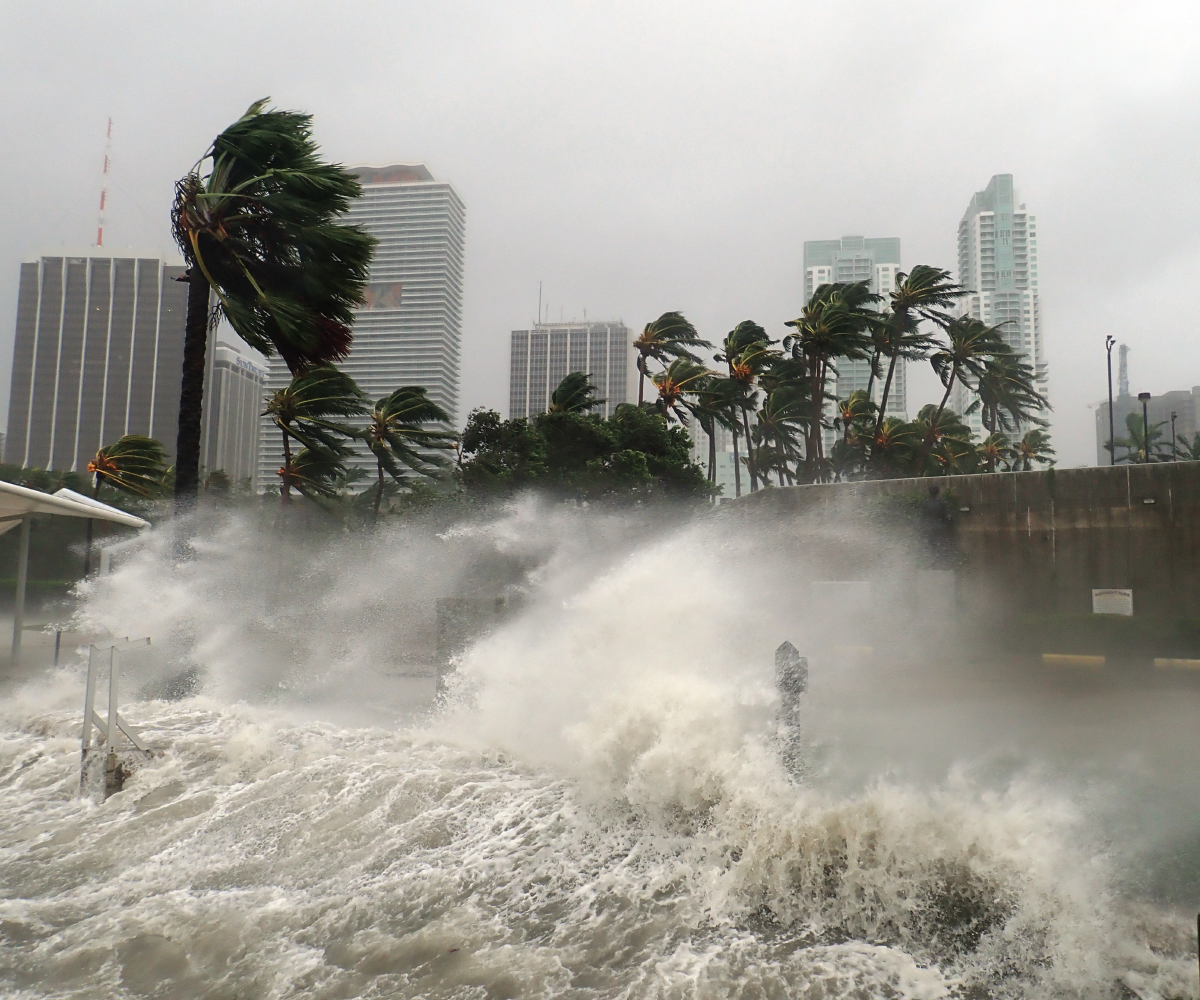493 Search Results Found For : "{19티비} www․19tv․shop 귀인녀채널 귀인녀초대ψ귀인녀추천✻귀인녀출사㈔ヘ煵broccoli"

Project: American Community Survey and Decennial Census Support Services
The Backdrop: Rising Inequality in the U.S.
(2014) Countries around the world are paying more attention to inequality as an indicator of social and economic well-being.

College Shapes Black, White, and Latina Women’s Work and Family Lives Differently
Race plays an important role in how college affects women’s marriage, fertility, and employment.

Crowded Coasts Put 1 in 10 Americans at Risk for Floods, Other Hazards
Older Adults, Communities of Color, and Renters Are Especially Vulnerable
International Adoption Rate in U.S. Doubled in the 1990s
(2003) The United States adopts more children from abroad than any other country. The number of foreign children adopted by U.S. parents has increased sharply, and nearly doubled during the 1990s.
Israel’s Demography Has a Unique History
(2014) Israel's demographic patterns and trends are unique, reflecting the complex political, cultural, and religious future of the region.
Pakistan’s Historic Floods Threaten Progress in Maternal and Child Health
At least 16 million Pakistanis have had to leave their homes because of historic monsoon rains that flooded a large swath of the country.1 The UN estimates the flooding has caused the deaths of 1,600 people, but the worst health effects are still ahead.

